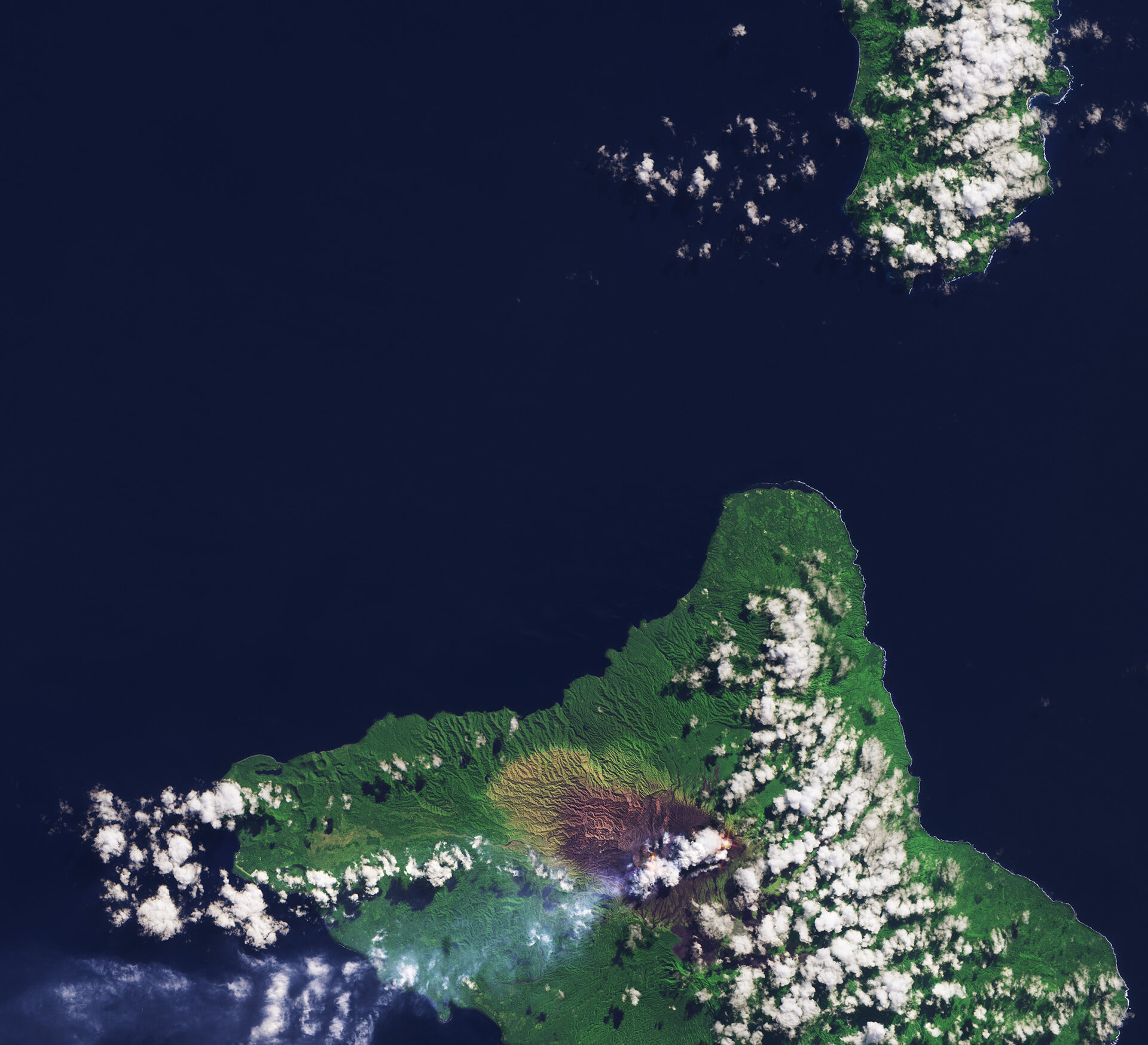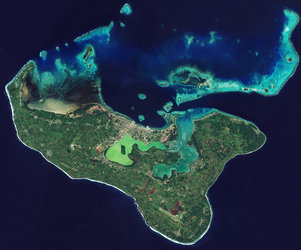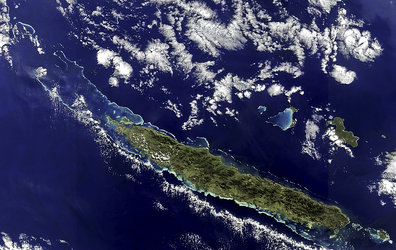Accept all cookies Accept only essential cookies See our Cookie Notice

About ESA
The European Space Agency (ESA) is Europe’s gateway to space. Its mission is to shape the development of Europe’s space capability and ensure that investment in space continues to deliver benefits to the citizens of Europe and the world.
Highlights
ESA - United space in Europe
This is ESA ESA facts Member States & Cooperating States Funding Director General Top management For Member State Delegations European vision European Space Policy ESA & EU Space Councils Responsibility & Sustainability Annual Report Calendar of meetings Corporate newsEstablishments & sites
ESA Headquarters ESA ESTEC ESA ESOC ESA ESRIN ESA EAC ESA ESAC Europe's Spaceport ESA ESEC ESA ECSAT Brussels Office Washington OfficeWorking with ESA
Business with ESA ESA Commercialisation Gateway Law at ESA Careers Cyber resilience at ESA IT at ESA Newsroom Partnerships Merchandising Licence Education Open Space Innovation Platform Integrity and Reporting Administrative Tribunal Health and SafetyMore about ESA
History ESA Historical Archives Exhibitions Publications Art & Culture ESA Merchandise Kids Diversity ESA Brand Centre ESA ChampionsLatest
Space in Member States
Find out more about space activities in our 23 Member States, and understand how ESA works together with their national agencies, institutions and organisations.
Science & Exploration
Exploring our Solar System and unlocking the secrets of the Universe
Go to topicAstronauts
Missions
Juice Euclid Webb Solar Orbiter BepiColombo Gaia ExoMars Cheops Exoplanet missions More missionsActivities
International Space Station Orion service module Gateway Concordia Caves & Pangaea BenefitsLatest
Space Safety
Protecting life and infrastructure on Earth and in orbit
Go to topicAsteroids
Asteroids and Planetary Defence Asteroid danger explained Flyeye telescope: asteroid detection Hera mission: asteroid deflection Near-Earth Object Coordination CentreSpace junk
About space debris Space debris by the numbers Space Environment Report In space refuelling, refurbishing and removingSafety from space
Clean Space ecodesign Zero Debris Technologies Space for Earth Supporting Sustainable DevelopmentLatest
Applications
Using space to benefit citizens and meet future challenges on Earth
Go to topicObserving the Earth
Observing the Earth Future EO Copernicus Meteorology Space for our climate Satellite missionsCommercialisation
ESA Commercialisation Gateway Open Space Innovation Platform Business Incubation ESA Space SolutionsLatest
Enabling & Support
Making space accessible and developing the technologies for the future
Go to topicBuilding missions
Space Engineering and Technology Test centre Laboratories Concurrent Design Facility Preparing for the future Shaping the Future Discovery and Preparation Advanced Concepts TeamSpace transportation
Space Transportation Ariane Vega Space Rider Future space transportation Boost! Europe's Spaceport Launches from Europe's Spaceport from 2012Latest

Ambrym, South Pacific Ocean
Thank you for liking
You have already liked this page, you can only like it once!
Sentinel-2A takes us to the Vanuatu archipelago in the South Pacific Ocean, roughly 1700 km east of Australia.
The islands we see are Pentecost to the north and Ambrym to the south.
Looking closely at the coastline, the white of breaking waves is more evident on the east coasts of the islands than on the west coasts. This is a common observation on islands that lie in the zone of the trade winds blowing mainly from south-easterly directions in the southern hemisphere.
Zooming in on the dark area on Ambrym, red-hot lava lakes can be seen through the clouds. This volcano has two active volcanic cones and we can see smoke drifting out over the ocean to the west.
The last time the Ambrym volcano erupted was in 1913, prompting the evacuation of nearby towns.
Ambrym’s 12 km-wide caldera was created around 50 AD by a large Plinian eruption – also called a ‘Vesuvian’ eruption because of the similarity with the explosion of Italy’s Mount Vesuvius that destroyed the towns of Pompeii and Herculaneum. These types of eruptions are marked by columns of gas and ash that extend high into the stratosphere. They also eject large amounts of pumice.
The volcano’s slopes appear black owing to the presence of basalt. As we move further away from the volcano the land becomes greener owing to the increased vegetation cover.
Sentinel-2 is able to systematically map different classes of cover such as forest, crops, grassland, water surfaces and artificial cover like roads and buildings. This information can be used to manage natural resources, to check rates of deforestation, reforestation and areas affected by wildfires. It can also help governing bodies and commercial enterprises make informed decisions about how best to manage, protect and sustain our important forest resources.
This image, also featured on the Earth from Space video programme, was captured by the Copernicus Sentinel-2A satellite on 24 June 2016.
-
CREDIT
contains modified Copernicus Sentinel data (2016), processed by ESA -
LICENCE
CC BY-SA 3.0 IGO or ESA Standard Licence
(content can be used under either licence)














 Germany
Germany
 Austria
Austria
 Belgium
Belgium
 Denmark
Denmark
 Spain
Spain
 Estonia
Estonia
 Finland
Finland
 France
France
 Greece
Greece
 Hungary
Hungary
 Ireland
Ireland
 Italy
Italy
 Luxembourg
Luxembourg
 Norway
Norway
 The Netherlands
The Netherlands
 Poland
Poland
 Portugal
Portugal
 Czechia
Czechia
 Romania
Romania
 United Kingdom
United Kingdom
 Slovenia
Slovenia
 Sweden
Sweden
 Switzerland
Switzerland



























